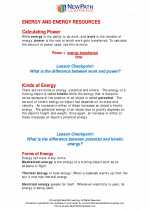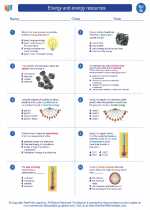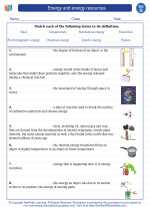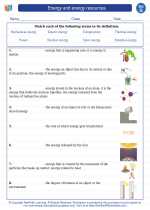Pest Control
Pest control is the management and regulation of various species of pests that pose a threat to human health, the environment, or the economy. Pests can include insects, rodents, birds, and other organisms that can cause harm or nuisance. Effective pest control aims to minimize the negative impacts of pests while ensuring the safety of humans and the environment.
Types of Pest Control
There are several methods of pest control, including:
- Biological Control: This method involves the use of natural predators, parasites, or pathogens to manage pest populations. For example, introducing ladybugs to control aphid populations in gardens.
- Chemical Control: Chemical pesticides are used to kill or repel pests. This method should be used with caution to minimize harm to non-target organisms and the environment.
- Mechanical Control: This involves physical methods such as trapping, barriers, or removing pests by hand.
- Cultural Control: Cultural practices, such as crop rotation or proper waste management, are used to reduce pest populations.
Study Guide for Pest Control
Here are some key concepts to understand when studying pest control:
- Define what a pest is and give examples of common pests.
- Explain the potential impacts of pests on human health, the environment, and the economy.
- Discuss the different methods of pest control and provide examples of each.
- Understand the importance of integrated pest management (IPM) and how it combines various pest control methods to minimize environmental impact.
- Describe the risks and benefits of chemical pesticides and the importance of using them responsibly.
- Explain the concept of biological control and give examples of how it can be used effectively.
- Discuss the role of cultural practices in pest control and provide examples of how they can be implemented.
- Explore the ethical considerations and potential unintended consequences of pest control methods.
Understanding pest control is important for maintaining a healthy and sustainable environment. It involves an interdisciplinary approach that considers the ecological, economic, and social aspects of managing pest populations.
.





